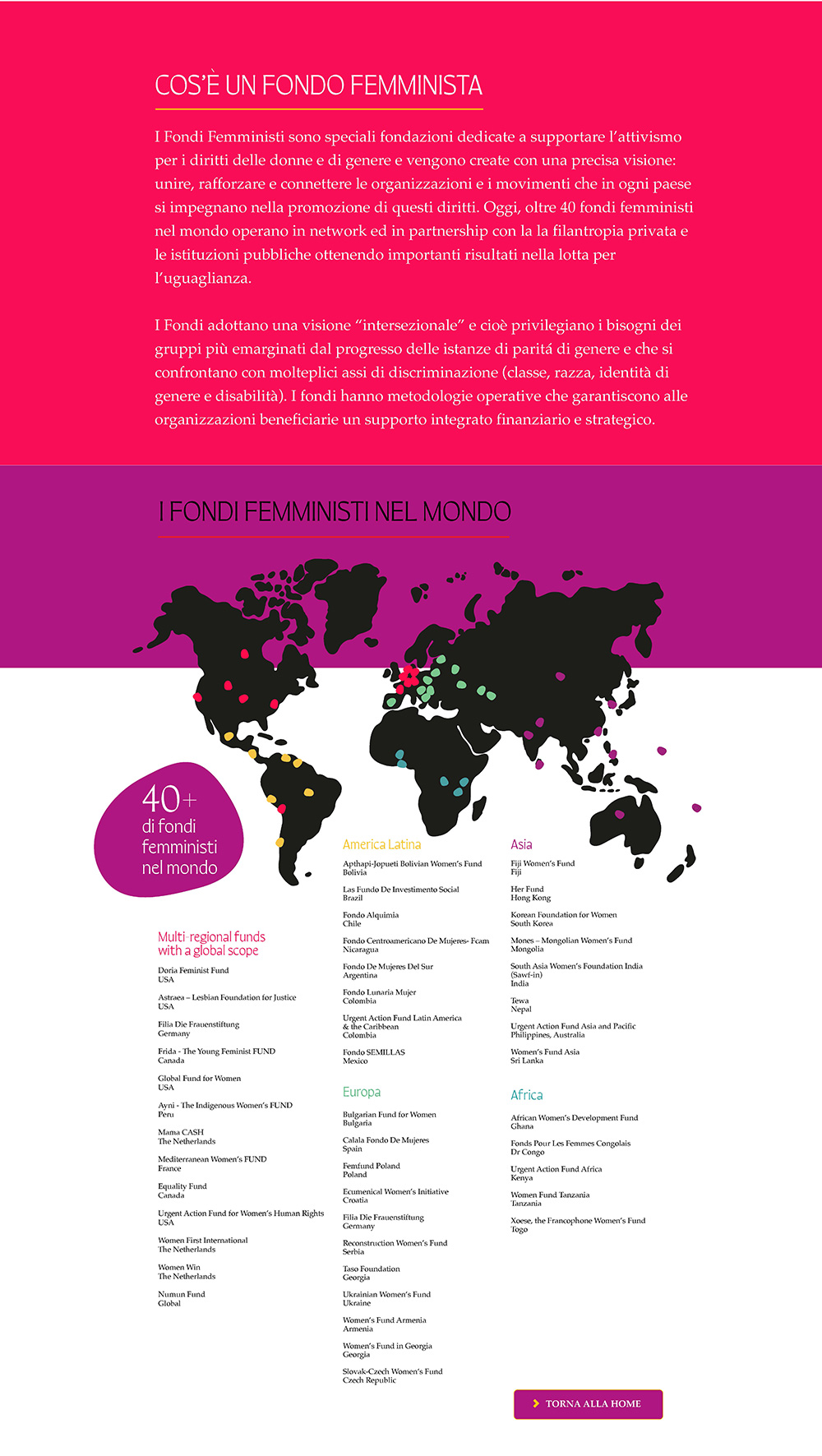The Assembly offers those interested the opportunity to play a direct role in safeguarding and promoting the rights of women+ in Italy. It is a unique opportunity to contribute to the progress of our country and one of the most urgent causes of our millennium. Access to the Assembly is subject to approval by the Board of Directors. Applications can be submitted by filling out the request form in the dedicated section of the website.
Join us and stay in touch with our feminist community. Receive a regular selection of insights, news, and updates.
